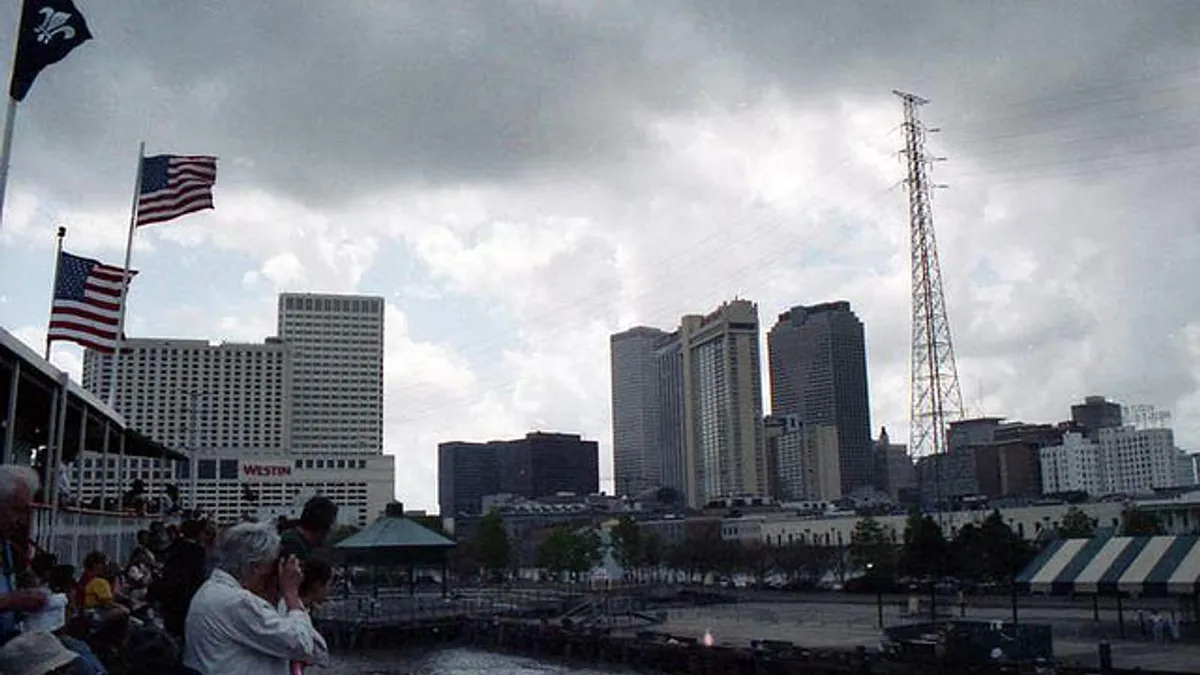"In the 30 years I've been in this business, I have never seen the amount of change that's before us now." — Rodger Smith, senior VP at Oracle
With each coming day, utilities face disruptions to their established business models for electricity transmission and distribution in the U.S. After NRG Energy, the largest energy provider to U.S. utilities, announced it would bypass utilities and start to provide rooftop solar panels and natural gas-fired generators to consumers, CEO David Crane told Bloomberg that consumers are realizing "they don't need the power industry at all." Those comments echo those made by Jim Rogers, CEO of Duke Energy, the largest electric utility in the U.S. Rogers views rooftop solar as a "potential threat" in the long term and admitted it could overhaul the conventional utility business model as the industry faces "anemic" growth.
And solar is not the only threat. Utilities are facing challenges caused by aging infrastructure, worsening weather and increased regulation. Utilities are even facing increased competition from cities looking to usurp the local utility business—as evidenced by Xcel Energy's recent problems in Boulder, Colo. While the global smart grid market is expected to bloom over the next decade, the U.S. utility business faces stagnancy as consumption of electricity has not increased significantly in years. Smart grid vendors, not utilities, are filling in the empty spaces where innovation is needed.
As unpredictable as the markets may be, U.S. utilities cannot expect their businesses to do much more than tread water. Much-hyped innovations such as microgrids, energy storage, distributed generation and demand response will only serve to expedite the process. It should come as no surprise that the two CEOs of the largest energy provider and the largest electric utility in the U.S. are both expanding into rooftop solar. Utilities need only look at Germany, where end-users are already selling excess energy from their rooftop solar panels back to the grid, and realize where the smart grid's future may lie.
There are, of course, emerging markets for utilities in developing countries, where competition is thin and the need is still high. But in the U.S.? The U.S. doesn't need more energy; it just needs it to be faster, cleaner and more reliable.
Would you like to see more utility and energy news like this in your inbox on a daily basis? Subscribe to our Utility Dive email newsletter! You may also want to read Utility Dive's look at the top 7 smart meter deals of 2013 (so far).














